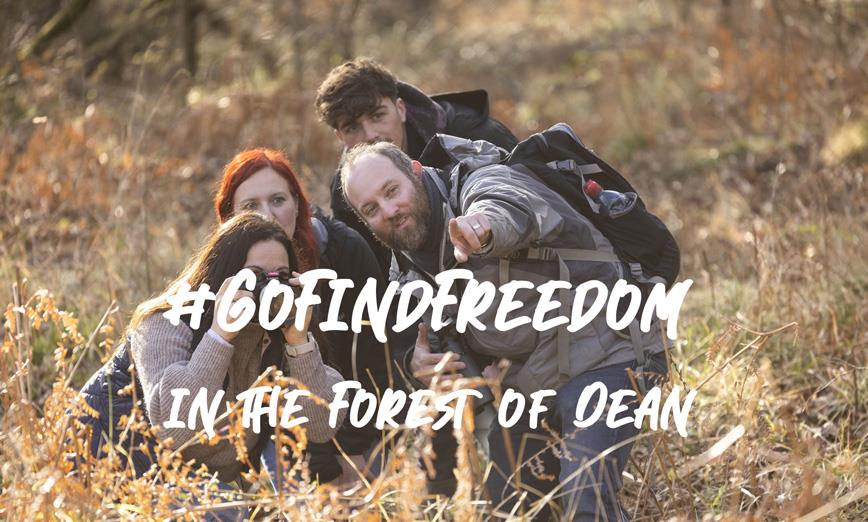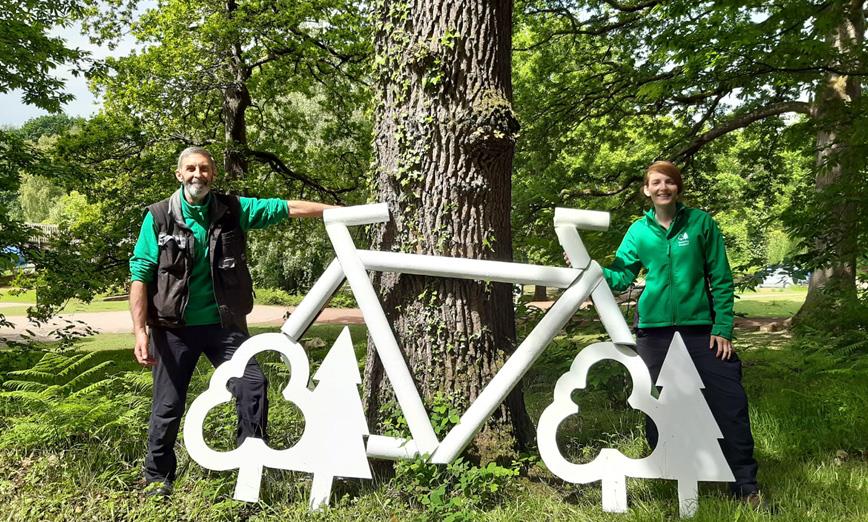- Stay
- What's On
- Things To Do
- Food & Drink
- Explore
- Inspiration
- Offers
- Weddings
- Blog
My Planner
- Stay
- What's On
- Things To Do
- Food & Drink
- Explore
- Inspiration
- Offers
- Weddings
- Blog
You are here: Explore > Nature & Wildlife > Flora
The underlying geology of the Forest of Dean is limestone and sandstone and has resulted in a rich and varied flora.
The Forest is home to many wild flowers. From mid-winter the snowdrops begin to show covering the forest floor with a blanket of white. There is wood anemone, celandine, dogs mercury, primroses, crocuses and violets which bloom before the overhead foliage thickens in the spring. The steeper slopes of the Wye Valley often have herb paris, sanicle, sweet woodruff and yellow archangel.
There are wild daffodils which bring a shot of bright yellow welcoming spring. The pungent wild garlic is also seen covering the forest floor in April and May.
We have one of the best displays of wild bluebells in the world. This iconic spring flower grows in ancient deciduous woodlands of which we have plenty and carpets the forest floor during the spring. Find out more and some of the best locations in the Forest of Dean and Wye Valley to see them here.
Foxgloves are bright pinky-purple tubular flowers which grow across the Forest of Dean in June and bring a vibrancy to the rich greens of the trees and ferns. The bees absolutely love them and disappear into their trumpets for a nectar feast. The foxglove is an iconic symbol of British spring and is widespread in our ancient forest. It has many names too including dead man’s bells, fairy's cap, fairy's finger, lady’s thimble, lion’s mouth, throatwort, witch's bells or thimbles and in Welsh it is maneg ellyllon or the fairy's glove. In the Forest of Dean they are known as snompers, but no-one can say where the name came from. This is also a poisonous plant, with digitalis poisoning featuring in many murder mysteries such as Arthur Conan Doyle's Sherlock Homes series and several Agatha Christie novels.
The Forest of Dean is a haven for many different types of fungi and there are foraging trips from many providers teaching you about the fungi which can be picked and eaten. Puzzlewood is also an ideal location to see many different varieties.
Ferns are most abundant in damp and shady areas and the following are just a small sample which can be found within the Forest of Dean; male, lady, broad buckler, narrow buckler, hard and soft shield, hard fern, harts tongue, various spleenworts and polypody.
Find Out More:
Find Your Freedom
- The Forest of Dean and Wye Valley is home to some of the most spectacular shows of bluebells in the country and visitors eagerly await their return each year and the pleasure of seeing the stunning carpets of bluebells that can be found deep in the woods or even viewed from the road while driving. Here are our best places to see bluebells in the Forest of Dean and Wye Valley.
- The area around Dymock, on the Gloucestershire and Herefordshire borders, is famed for its wild daffodils that can be seen each year around the end of March. Once a common sight throughout Gloucesteshire, and its county flower, these small blooms are now found mainly in the "golden triangle".
- There are over 20 million trees in the Forest of Dean alone with a wide range of both deciduous and evergreen trees. Predominant is oak, both pedunculate and sessile. Beech is common and sweet chestnut has grown here for many centuries, as well as ash, birch and holly. Conifers include some Weymouth pine from 1781, Norway spruce, Douglas fir and larch.
©Visit Dean Wye 2025. All Rights Reserved.
*Visit Dean Wye is the trading name of Forest of Dean & Wye Valley Tourism Limited.









